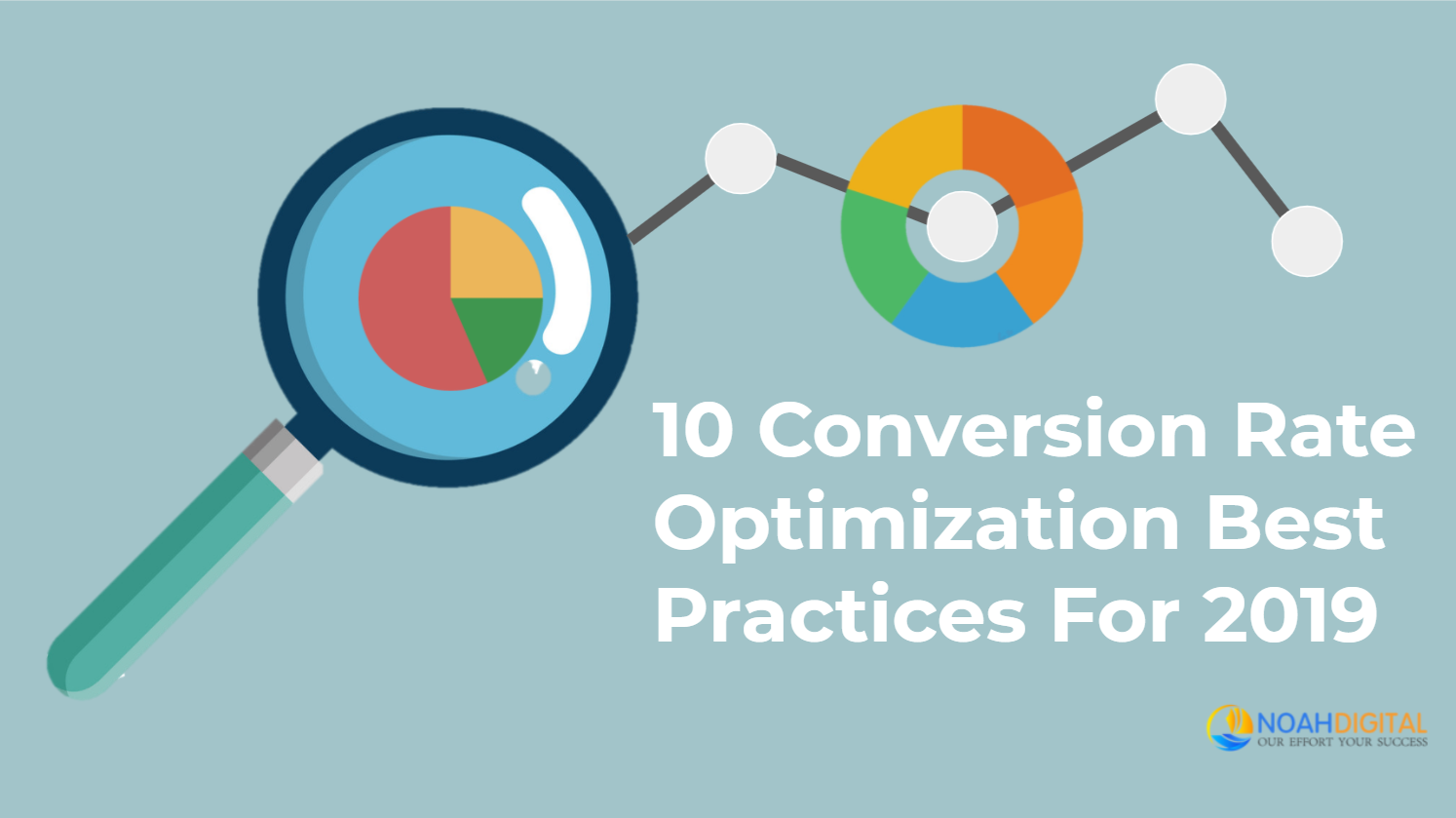According to research by Econsultancy, for every $92 spent acquiring visitors, only $1 is spent converting them. Why is this statistic important in relation to your business? And why is conversion rate optimization so important? What are some conversion rate optimization best practices for your business?
Consider this:
You’ve recently invested a good amount of time and money into increasing traffic to your site, and it now seems to be in digital marketing nirvana – your CTR is off the charts, and your SEO strategies are perfect.
Sounds like the formula to a successful marketing campaign, right?
Well… not quite.
Website traffic means nothing if your visitors don’t convert into customers, because that’s what really drives your business – getting the audience to engage with your service.
On average, a site’s typical conversion rate is at 2.35%, and this is a result of neglecting to invest in the conversion funnel.
So, what do you do? You’ve probably already spent most of your marketing budget on getting better traffic (which, don’t worry, isn’t bad); but how do you now generate more leads?
First, understand that only 22 percent of businesses have satisfying conversion rates, but no matter how small the group, you can be a part of it – all you need to do is read through, and apply our 10 conversion rate optimization best practices.
#1 Work On Your Landing Page
Landing page, as the name suggests, is where your prospective clients land, and the impression it makes on them plays a significant role in what they do next. In other words, it is important that your landing page is optimized so as to increase conversions.
To improve your landing page, you can start by revamping its overall design. This is the first thing that defines your website’s usability, before the visitor has had the chance to explore the rest.
Another practice can be to create multiple landing pages. As per HubSpot, companies with 10 to 15 landing pages generate more than 55% leads, compared to businesses with less than 5 landing pages.
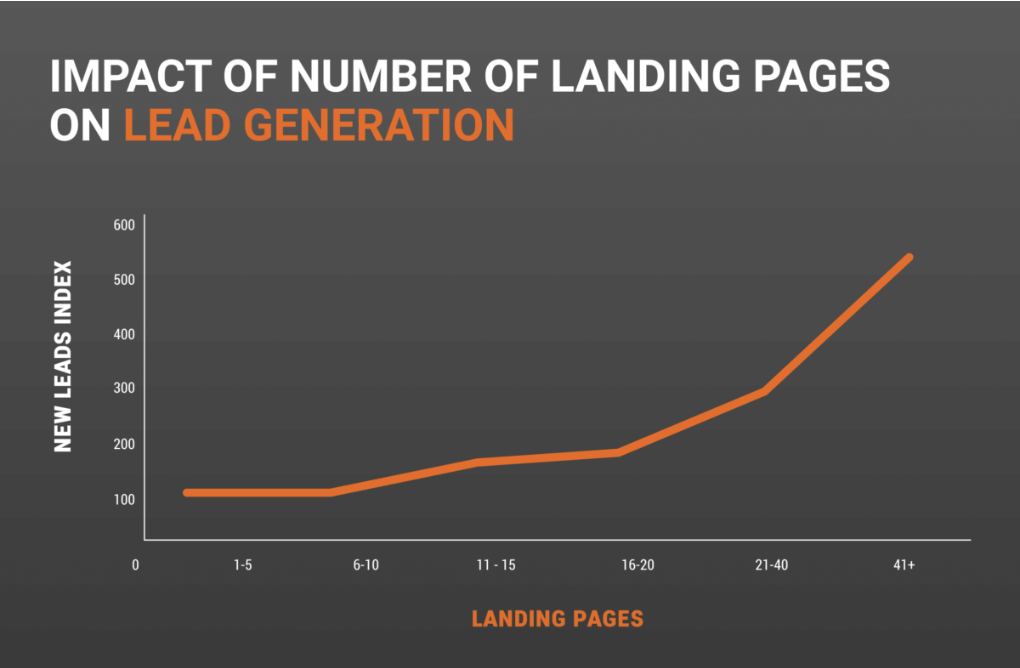
Source: Hubspot
This, however, does not mean that you create multiple landing pages with the same content or offer. Google will see this as a black-hat SEO practice, and you’ll end up doing your business more harm than good.
#2 Add Credibility To Your Website
With phoney businesses scamming people out of money every day, the credibility of your website is a very important factor that determines how much business you generate.
A good way of showing a potential buyer that you’re a legitimate business, is by publishing customer reviews and testimonials.
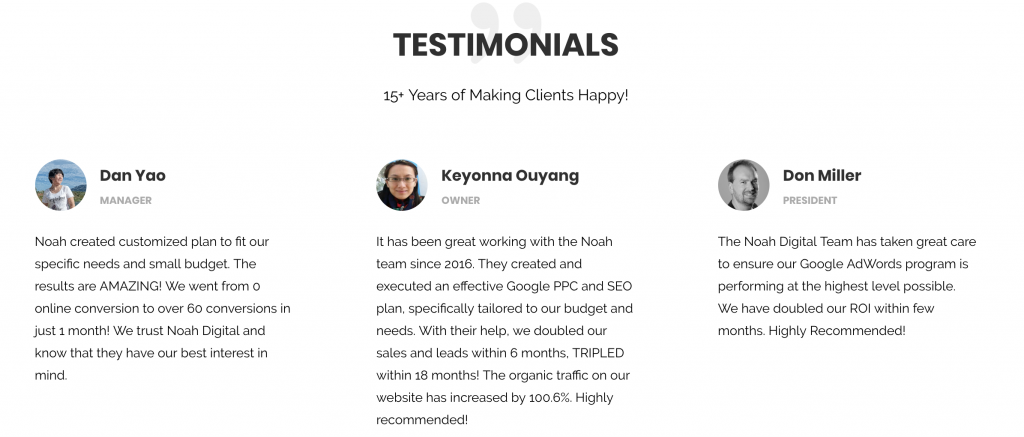
Source: Noah Digital
Nothing convinces a buyer more readily to purchase a service or product than knowing how it has worked out for someone else, or how dedicated the company and team are to customer service. This, in turn, can positively affect your conversion rate.
#3 Ensure You Have A Short Checkout Funnel
If you’re an E-commerce website, or a business that sells a product, you already know what a checkout funnel is; the steps a customer takes to purchase your product or service.
Most users don’t want to create an account, sign up for newsletters, fill out extensive forms, read long policies, and go through complicated payment methods – just for a simple purchase. While this information may be important to you, it is just added hassle for them.
A good approach is to keep a short, and easy to navigate, checkout funnel. If the buyer finds it easy to purchase from you, they are bound to visit you again, thereby giving you a chance to collect the information later.
#4 Know Where To Position And How To Word Your CTAs
Call To Action (CTA) buttons are, of course, the heart of your conversion strategy. They prompt visitors to engage with the service you provide, and make leads and paying customers out of visitors.
As such, your CTA needs to not only stand out, it also needs to be very persuasive.
Here are three things to consider when creating a CTA:
- Placement
- Colour, and,
- Shape
#5 Reduce Page Loading Time
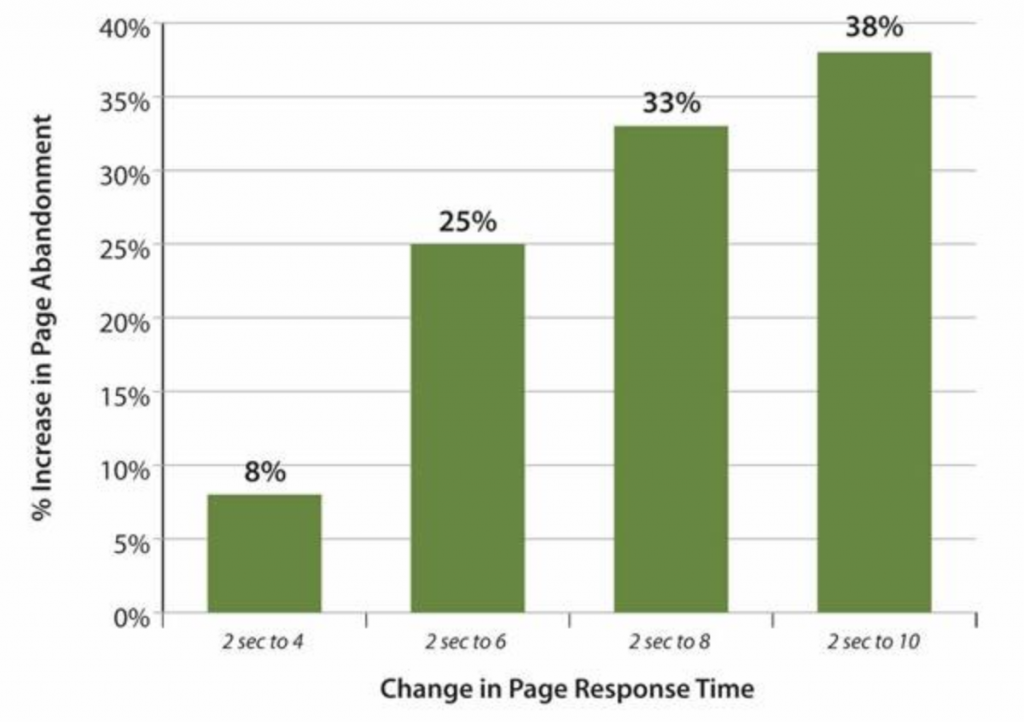
Source: Forbes
Frankly speaking, the millennial buyer does not like to wait, and with so many other options available for them to choose from, they don’t need to. This basically means that your website needs to load instantly, or you lose leads by the second.
#6 Consider The Content
The rules for good website content are:
Skip The Jargon
The user is there to find a solution, and they just need to know that you provide it. Don’t saturate your website with so much technical jargon that a layperson does not understand what you are offering.
Don’t Write in Blocks
Make your page easy to read and navigate; avoid big chunks of text as they just look messy, and often skipped.
#7 Use Tools
There are tools to optimize every step of your business, including conversion. This conversion optimization technique can help you assess different aspects of your website that drive conversions.
In fact, the average Return On Investment (ROI) on these tools is 223%.
The top 4 suggested tools:
- HotJar
- Quantcast Measure
- Google Analytics
- BigCommerce Analytics
#8 Keep A One-Goal-One-Page Policy
Streamlining your content to lead the visitor to a single goal is important.
While you may offer multiple products and services, paid or unpaid, always ensure to dedicate separate landing pages to each, instead of cluttering one page with a swarm of CTAs.
Too many options in a single place can lead to information overload and buyer paralysis. Both of which can be disastrous for conversion.
#9 Cross-Platform Testing
It is important to test your website across all browsers and interfaces.
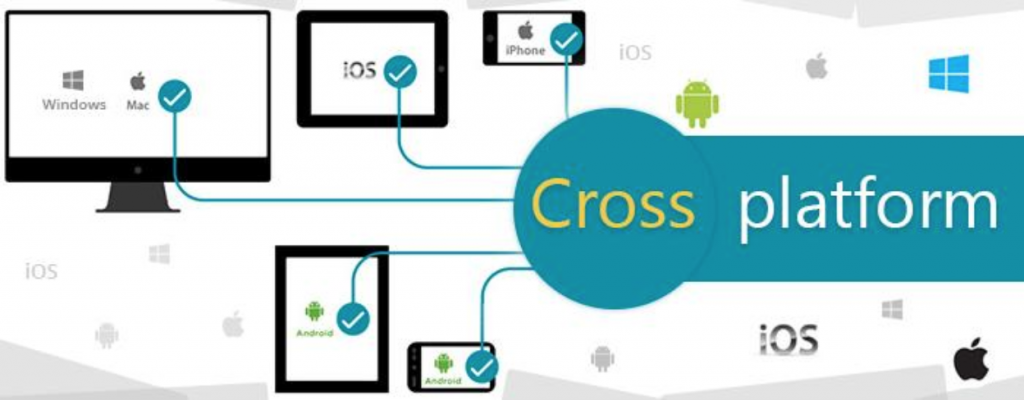
Source: Pure Logics
Running it on different operating systems, such as Windows, Mac, Linux, etc., or even on popularly used browsers, can be a good way of ensuring that you are not limiting your audience.
Make your sales funnel mobile and tablet friendly, so users can access them more conveniently from any device of their choice.
Remember, the easier you make it for them, the better the ROI you get.
#10 Split Testing
Split testing allows two versions of the same page to be available to users, which can be monitored to see which of the two is more popular, and drives more results.
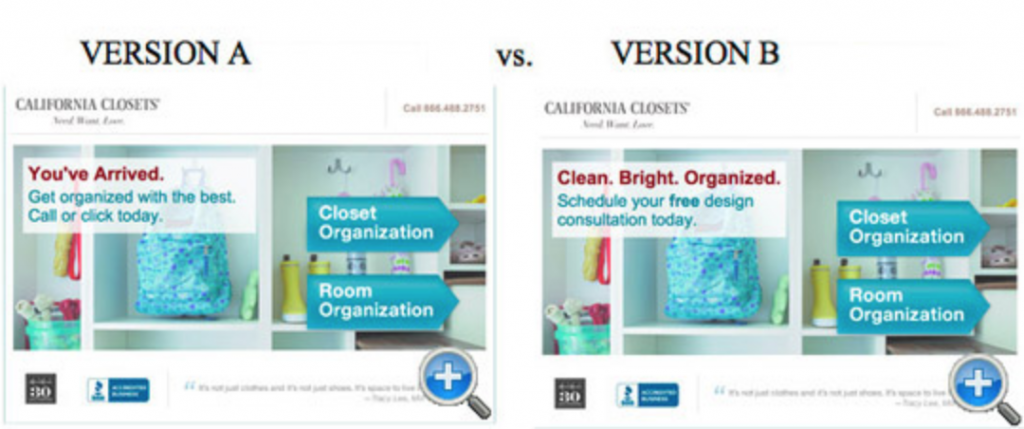
Source: Unbounce
A/B testing is perhaps the most commonly used testing method and conversion optimization technique being employed by marketers to compare the efficiency of landing pages.
In fact, 56% of marketers use this conversion rate optimization technique to optimize and upgrade their landing pages, so as to generate more conversions.
Not optimizing your conversion rates can be disastrous for a business. So, you need to plan and implement ways to get visitors to respond to your CTAs.
Noah Digital can help you implement the conversion rate optimization best practices, solve all your digital marketing problems, and create a well-balanced marketing campaign that gives promising results for your conversion rates, and ROI.

